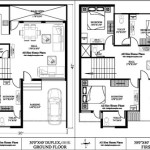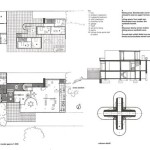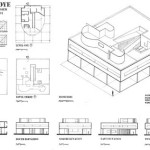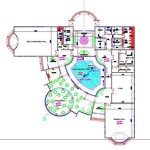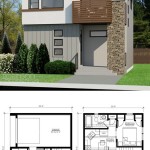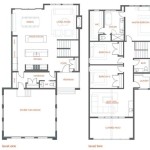Design New Home Floor Plans: Essential Considerations
Crafting a floor plan for a new home is a crucial step that lays the foundation for a comfortable and functional living space. Whether you're an architect, a designer, or a homeowner embarking on a new construction project, understanding the essential elements of design is paramount.
1. Define Your Needs and Lifestyle:
Before pen meets paper, it's imperative to articulate your specific needs and lifestyle preferences. Consider the number of bedrooms and bathrooms you require, the layout of common areas, and the extent of outdoor living space. Whether you entertain frequently, work from home, or have pets, these factors will influence the design of your floor plan.
2. Establish a Functional Layout:
The flow of your floor plan should be intuitive and efficient. Ensure that high-traffic areas are easily accessible while maintaining privacy in bedrooms and bathrooms. Consider the relationship between different rooms, such as the kitchen and dining room or the living room and outdoor patio, to create a cohesive and practical layout.
3. Optimize Natural Light:
Abundant natural light can transform a home, creating a warm and inviting atmosphere. Orient windows and doors to take advantage of sunlight throughout the day. Consider the movement of the sun to maximize natural illumination in all rooms, reducing reliance on artificial lighting.
4. Establish Visual Connections:
Open and airy floor plans are highly sought after for their spaciousness and visual appeal. Create visual connections between rooms by incorporating large windows, vaulted ceilings, or open doorways. These connections enhance the flow of space and make the home feel more inviting.
5. Consider Storage Solutions:
Adequate storage is essential for maintaining an organized and clutter-free living environment. Incorporate built-in storage solutions, such as closets, cabinetry, and shelves, into the floor plan. Consider the storage needs of each room and ensure that there is sufficient space for belongings without sacrificing aesthetics.
6. Plan for Outdoor Living:
Outdoor living spaces extend the functionality of your home and provide respite from the indoors. Design a floor plan that seamlessly connects to the outdoors through patios, decks, or balconies. Consider the placement of windows and doors to offer clear sightlines and easy access to the natural surroundings.
7. Seek Professional Guidance:
Designing a new home floor plan is a complex undertaking that requires specialized knowledge and experience. Consult with an architect or a professional designer to ensure your floor plan meets regulatory codes, maximizes space utilization, and fulfills your specific needs. Professional guidance can result in a floor plan that seamlessly integrates design, functionality, and aesthetics.

House Plans How To Design Your Home Plan

House Plans How To Design Your Home Plan

Floor Plans Types Symbols Examples

House Plans How To Design Your Home Plan

House Plans How To Design Your Home Plan

Tips For Selecting The Right Floor Plan Your Home Sater Design Collection

Design Your Own Home House Designing Homes

Small House Design Shd 2024007 Pinoy Eplans One Y Bungalow Plans Layout

House Plans How To Design Your Home Plan

Small House Design 2024001 Pinoy Eplans Floor Plans

